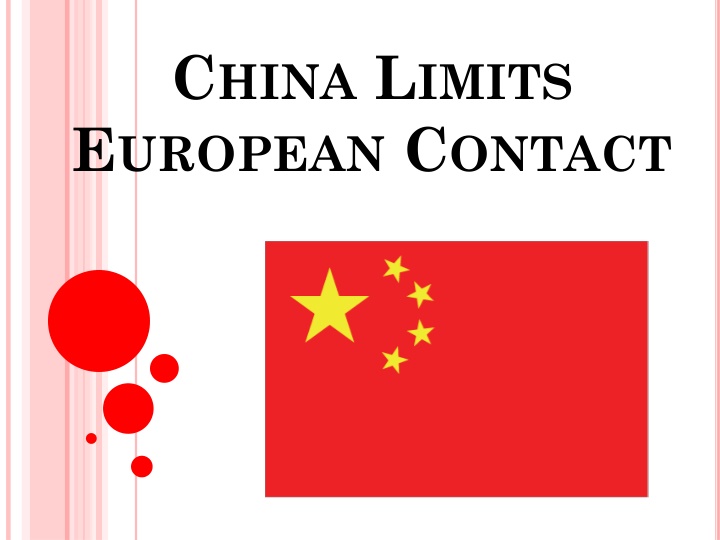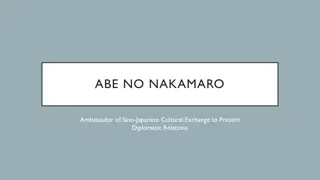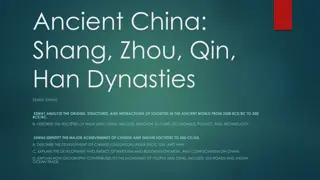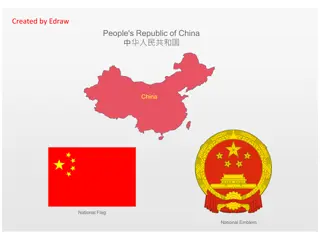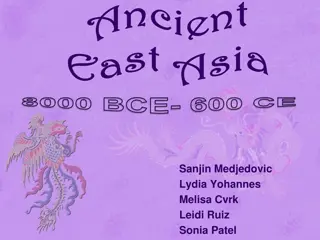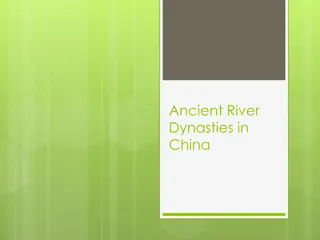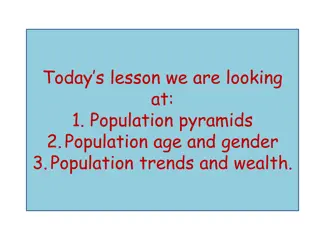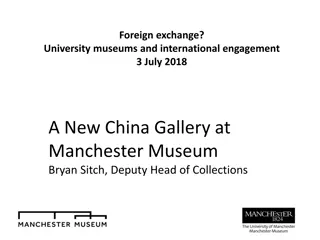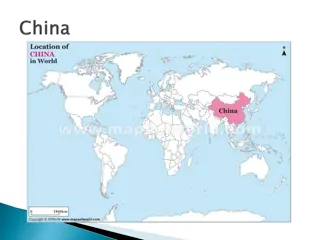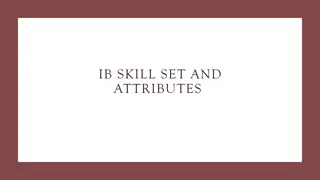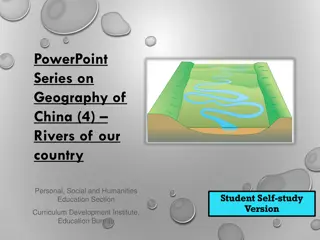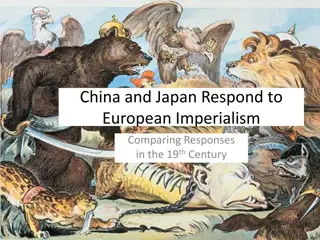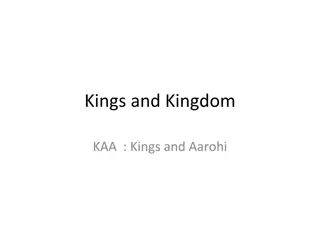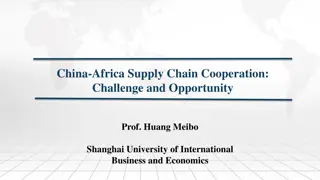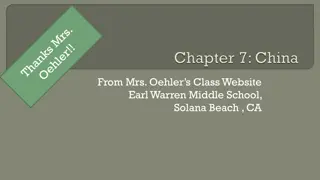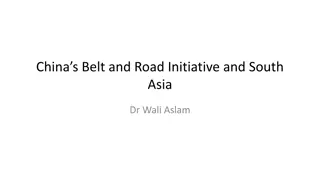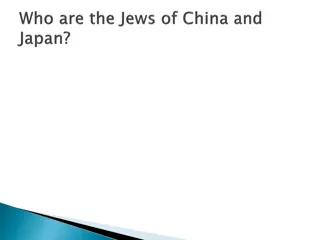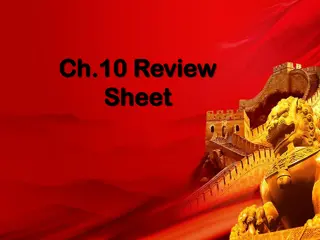China's Dynasties and Cultural Contributions
Ming Dynasty marked by agricultural reforms, Confucian revival, and Zheng He's voyages; Qing Dynasty's rule following Manchu invasion with emphasis on Confucian beliefs and economic reforms; Chinese inventions and zodiac as part of rich cultural heritage. Policy of isolationism led to limited European contact in 1433.
Download Presentation

Please find below an Image/Link to download the presentation.
The content on the website is provided AS IS for your information and personal use only. It may not be sold, licensed, or shared on other websites without obtaining consent from the author.If you encounter any issues during the download, it is possible that the publisher has removed the file from their server.
You are allowed to download the files provided on this website for personal or commercial use, subject to the condition that they are used lawfully. All files are the property of their respective owners.
The content on the website is provided AS IS for your information and personal use only. It may not be sold, licensed, or shared on other websites without obtaining consent from the author.
E N D
Presentation Transcript
CHINA LIMITS EUROPEAN CONTACT
The Ming Dynasty 1368 Hongwu commands Chinese army that drives Mongols out of China. (1st Ming Emperor) 1. Agriculture reforms = increase in population 2. Return of Chinese society to Confucian morals. 3. Civil Service Reforms Exams given for government jobs Early 1400 s: China launches seven voyages of exploration throughout Southwest Asiaand Africa. Voyages demonstrated the wealth and power of Ming dynasty Voyages consisted of hundreds of ships and thousands of men (floating cities) Zheng He led all seven voyages
1433 China follows policy of isolationism Capital moved to Beijing Palace was called the Forbidden City because peasants and foreigners were not allowed to enter. Government controlled all trade Goods only could enter/exit through 3 ports (smuggling) Demand for porcelain and silk. Heavy taxes on manufactured goods causes China to remain an agricultural country
Qing Dynasty (1644 1912)
THE QING DYNASTY 1644 Manchus invade China and seize Beijing Took the Chinese name QingDynasty Eventually gained citizens respect: 1. Upheld Confucian beliefs 2. Made frontiers safer 3. Restored Chinese prosperity Reduced government spending and lowered taxes Welcomed intellectuals and Jesuits into their court Trade/ Commerce Restrictions: Special Ports & Paying Tribute Dutch accepted terms English did not accept
CHINESE INVENTIONS Compass Gunpowder Wheelbarrow Seismoscope (Earthquake Detector) Kites Noodles Block Printing Mines (Land and Naval) Lottery
BUDDHISM Founder: Buddha the Enlightened One , born in India Religion is over 2,500 years old Found in Sri Lanka, East and S.E Asia and Japan Buddha did not teach a personal deity There is no one Holy Book Leadership comes from Buddhist monks and nuns Beliefs Dharma: Key to happiness was detachment from worldly desires. Rebirth: Living things after death are reborn Meditation: A form of religious contemplation Goal: NIRVANA complete peace and happiness
THE EIGHTFOLD PATH 1. Know the truth 2. Intend to resist evil 3. Not say anything to hurt others 4. Respect life, property and morality 5. Work at a job that does not injure others 6. Free ones mind from evil 7. Be in control of ones feelings and thoughts 8. Practice appropriate forms of concentration
